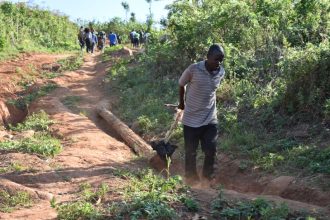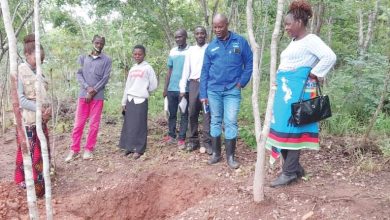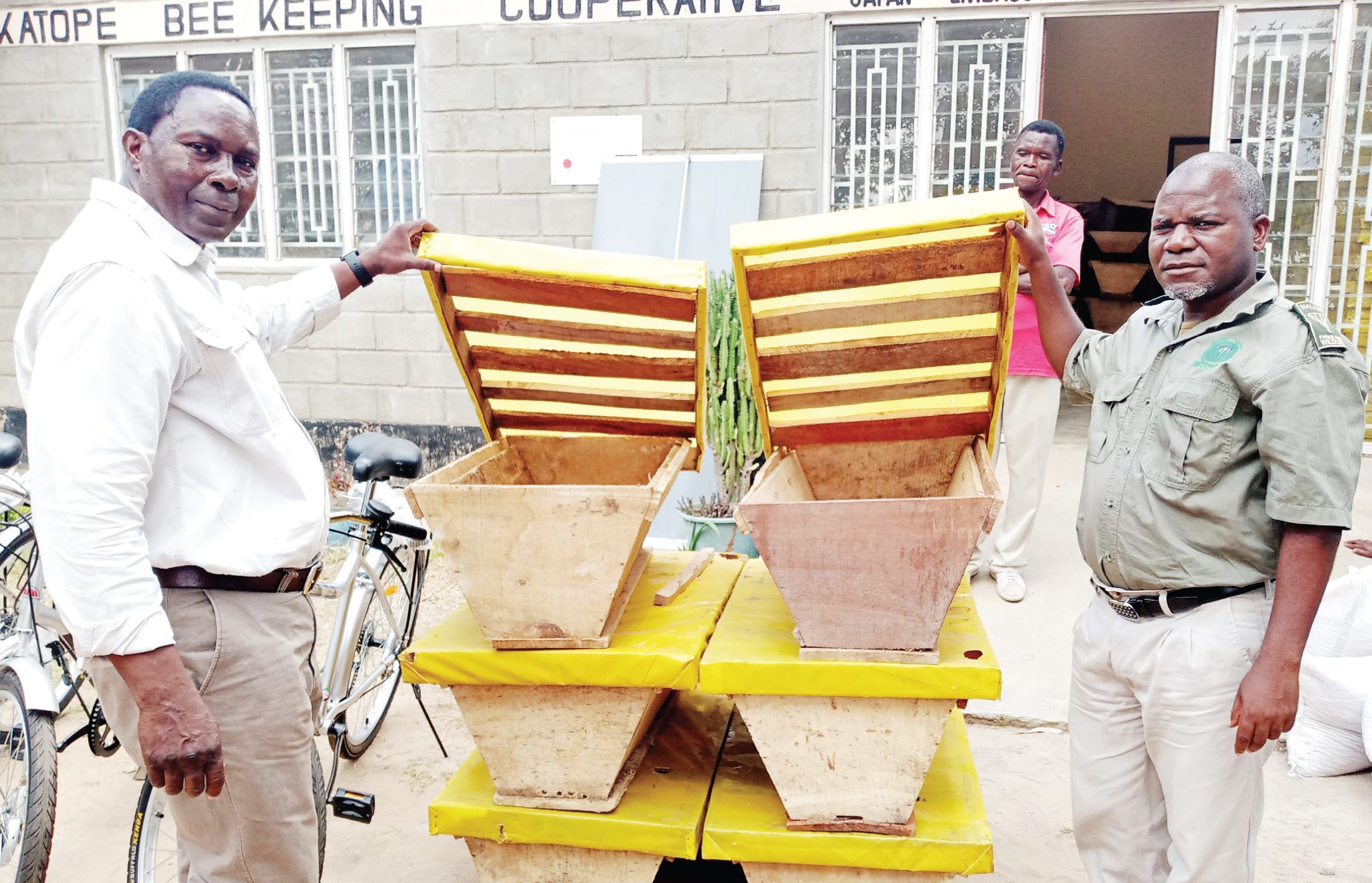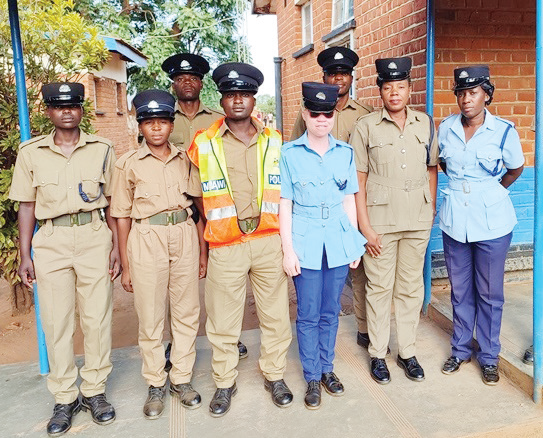Smoky kitchens: Malawi’s cooking crisis
Simple energy technologies can save lives and trees when made accessible, JAMES CHAVULA writes.
Going up Kuchawe Peak on Zomba Plateau, we saw how women and children are bearing the brunt of energy poverty in Malawi.

On the narrow, winding road, groups staggered under the weight of lengthy, bulky bundles of firewood.
For Mary Makwinja, who lives in the populous slum of Chikanda in Zomba City, this is an everyday burden that being one of millions of Malawians without better energy alternatives entails.
“Every weekend, I wake up around 4am to climb the mountain,” she stated: “Trees are disappearing so fast that it takes almost six hours to gather enough firewood. By the time we start going downhill, we will be weary and it takes another hour or two to get home.”
In the interview, the mother-of-three was gasping for air and perspiring profusely as she rested in a shade of fast-disappearing natural trees.
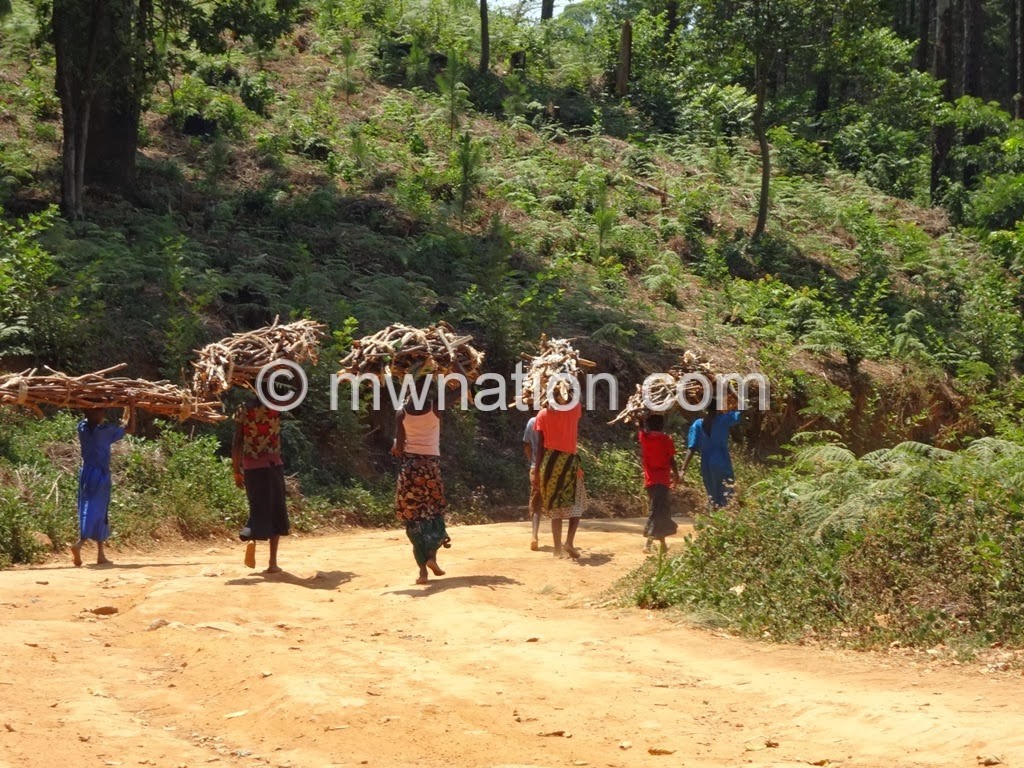
She and children admittedly hike Mount Zomba on Saturdays and Sundays because weekdays would compel the young ones to miss classes.
“We rely on firewood for our cooking needs, but it has become scarce and costly. We make the weekly trips along with the children to collect more at once. But as parents, we have a duty to ensure that they remain in school,” she explained.
Silent killer
But the untold misery of these women and children goes all the way into the kitchens and open fireplaces emit smoke and soot which expose them to coughs, pneumonia and other silent killers.
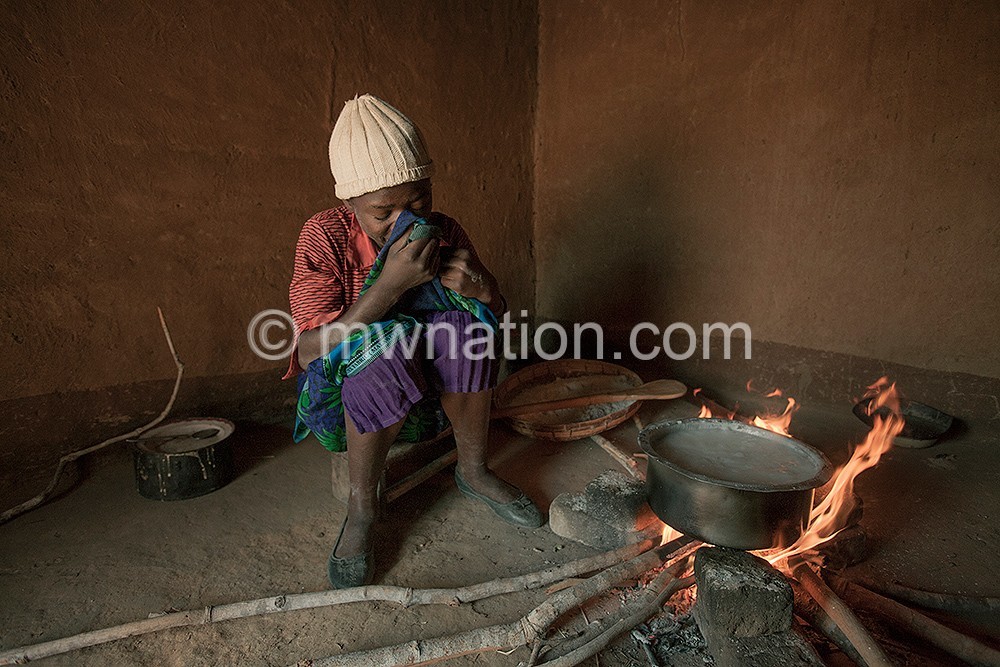
Every day, they risk their lives carrying out a familiar chore—cooking meals for their families.
According to the World Health Organisation (WHO), indoor air pollution is the leading cause of death in the world and it kills more people that HIV and Aids, malaria and tuberculosis combined.
Every eight seconds, someone dies because of inhaling fumes of open fire.
Locally, according to the Ministry of Health, it kills almost 13 000 people a year.
This makes open fires and ‘unclean energy’ devastating public health risks.
Clean energy
Malawians, who do not use electricity for cooking, are slowly turning to low-energy cookstoves in search of cleaner energy alternatives.
The cookstoves, dubbed chitetezo mbaula, are known to reduce the amount of smoke produced by allowing the firewood to burn completely.
Complete combustion provides health benefits for the family, especially women and children who spend most of the time cooking or in the kitchen.
But users find the cleaner stoves are more efficient than traditional mbaula and open fires as they consume less wood or charcoal to cook meals and emit less smoke.
“Ever since we started using Chitetezo Mbaula, we are no longer haunted by frequent coughs. We don’t have to run out of the kitchen to breath fresh air. Besides, a bundle of firewood that used to take one or two days now lasts the whole week. This means we make fewer trips up the mountain,” says Eneless Betha in an interview as she cooked lunch on Chitetezo Mbaula.
The cookstoves may be seen as a small step towards cleaner energy, but it is one of the simple solutions that in fact make a huge difference in the country where 97 percent of the population rely on biomass for cooking needs.
Ambitious target
In 2013, the country signed up to the Global Alliance for Clean Cookstoves Alliance—pledging to ensure two million are in use by 2020.
To track progress, the National Cookstoves Steering Committee (NCSS) has created a real-time website which shows almost 5 539 Malawians have fashioned 661 000 stoves and sold about 567 300 so far.
The committee, together with Youth Network and Counselling (Yoneco) and Movement for Bio-energy Advocacy Utilisation Learning and Action (Mbaula) have embarked on mass awareness rallies to dial up the demand for green inclusive energy.
According to Mbaula secretariat coordinator Mbumba Chigalu, the country is not on course to achieve the Two Million by 2020 ambitious dream.
“The figures are clear: we are too slow. The majority of Malawians are not aware that we have energy-efficient alternatives,” she says.
The cookstoves are at the core of the country’s strategy to reduce the rate at which the rapidly increasing population is felling trees.
They are touted as a game changer in averting deaths due to air pollution and trees being reduced to ash.
In fact, “promoting the adoption of fuel-efficient cookstoves technologies for cooking and heating” is one of the pillars of a seven-point National Charcoal Strategy launched by government this year.
According to the blueprint, Malawi has achieved gains in adoption of fuel-efficient firewood cookstoves, especially in urban areas where 87 percent of residents purchase fuel wood.
However, the urban dwellers using charcoal almost exclusively use a version of the Jiko charcoal cookstove adapted from Kenya in the late 1980s.
“Newer, more efficient, charcoal cookstoves are almost non-existent,” reads the strategy, “Increasing adoption of fuel-efficient charcoal and firewood cookstoves presents the most immediate option for slowing deforestation and forest degradation.”
With three percent of trees vanishing every year, the country has the fourth largest deforestation rate on the continent and the worst in the Southern African Development Commission (Sadc) region.
Slow down
According to Department of Environmental Affairs spokesperson Sangwani Phiri, government will appoint a task force to spearhead the implementation of the strategy.
The committee will comprise representatives of government agencies, civil society, private sector and other sectors, he says.
“We don’t want the strategy to die on paper while forests are going up in smoke due to overreliance on charcoal and firewood. We must slow down and reverse this trend,” explains Phiri.
The Department of Forestry estimates that up to 50 000 hectares of trees are felled every year.
However, only a third of the forests destroyed are reforested and over half of the few trees planted die in the first year as they are not cared for r.
The gravity of deforestation is instantly recognisable in the old capital, Zomba.
City residents get to the peak of the country’s second largest mountain in search of firewood.
“In the late 1970s, government planted trees for fuel wood in nearly all hills surrounding the mountain. Today, the hills lie bare. Now that the trees have vanished, the question is: Where does the city source its firewood?” asks Zomba City Council chief executive officer Dyson Jangiya.
Interestingly, he knows most footpaths point uphill.
“Mount Zomba is under siege,” he says. “Zomba used to pride itself as a green city. Not anymore. Trees have disappeared at an alarming rate. Forests are vanishing faster rate than they are being refilled,” says Jangiya.
Zomba City Council wants to take control of the extensively deforested mountain which exposes residents to flush floods and landslides.
“On paper, the mountain is under the central government. On the ground, the city keeps suffering the effects of environmental degradation and disaster. If we took control of the mountain, we would protect forests cover to safeguard residents from disasters and ensure it meets their energy needs,” says Jangiya.
This offers a glimpse of a national crisis as southern districts and the capital, Lilongwe, now illegally import charcoal from Mozambique.
To environmentalists, this confirms that the depletion of natural trees ideal for charcoal production has reached a record low.
“Our forests are no longer the same. Clearly, there is laxity in enforcement of forestry laws. Besides, our borders are porous,” says environmentalist Dorothy Tembo-Nhlema.
However, Leadership for Environment and Development (Lead) South-east Africa regional director Sosten Chiotha warns against the ongoing annihilation of Mount Zomba, the catchment area for many rivers which sustains Lake Chirwa.
“If trees continue disappearing at the present rate, the future does not look good for communities which depend on fish from the lake and agriculture in the marshes along its shoreline,” he says.
The lake on the border between Malawi and Mozambique, which almost run dry in 2012, supports livelihoods of over one million people, with goods and services valued at $21 million. Fish alone accounts for nearly K18.7 million.
This is what is at stake as the unmet need for energy and limited alternatives put forests under fire.
Even Lake Malawi, whose outlet, Shire River, produces 99 percent of the country’s electricity, is not spared.
Overreliance on wood fuel has left the banks of the Shire deforested and the river buried in silt.
Woe to Escom
“During the dry season, the lake drops by close to one metre since most rivers are seasonal. Human activity, especially deforestation and farming in the river catchment, has reduced river inflows. Woe to Electricity Supply Corporation of Malawi [Escom] and the users! Expect more blackouts,” warns Dr Kenneth Wiyo, a water expert based at the Lilongwe University of Agriculture and Natural Resources.
Frequent and lengthy power outages keep haunting the country, with some areas going 24 hours without electricity.
According to the National Statistical Office (NSO), just about a tenth of the population is connected to Escom’s on-off power lines.
Yet only one in every 100 people connected to the grid use electricity for cooking.
This leaves forests under fire, with almost 98 percent of the population depending on firewood and charcoal.
But Chigalu says the country ‘is not moving fast enough’ to achieve the “Two Million Cookstoves by 2020’ target.
“We are still far behind the targets we signed in 2013. The uptake is slow because people are not aware that we have energy-efficient alternatives. This is why the National Cookstove Steering Committee has embarked on an outreach to sensitise Malawians to altenative sources of energy,” she says.
More alternatives
According to the activist, the improved cookstoves, which almost halves the budget of charcoal and firewood, is not the magic bullet.
Says Chigalu: “Cookstove are not the only efficient option. We should consider alternative cooking fuels, including gas worth K13 000 per 16 kilogrammes, which is much cheaper than charcoal in the long-run. Then there is charcoal sustainably produced by Kawandama Hills, the only company licensed by government to produce and sell charcoal in the country.”


